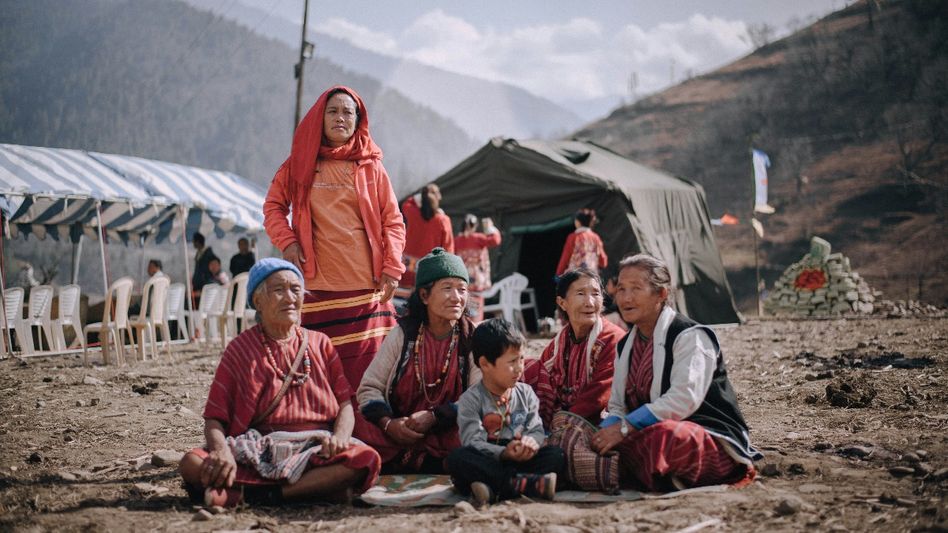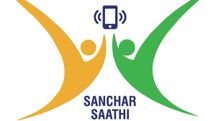Why India should learn to speak like the North-East
A major 11-year study shows North-East India has much lower abusive language use than other regions. This highlights the region's culture of respect and the potential for nationwide communication improvement

- Study conducted over 11 years with nearly 70,000 participants
- 80% of Delhi residents admit to regular abusive language use
- 30% of women in Delhi also use abusive language
A comprehensive 11-year study spanning nearly 70,000 participants across India has revealed a stark cultural divide in language use, with northeastern states demonstrating remarkably low rates of abusive language compared to the rest of the country.
The North-East had rates ranging from 20 to 30%, positioning the region as a beacon of civil discourse in a nation grappling with widespread verbal abuse. This finding stands in sharp contrast to Delhi, which topped the national rankings with 80% of respondents admitting to regular use of abusive language, particularly targeting women.
The research, conducted by the Selfie with Daughter Foundation in partnership with Maharishi Dayanand University, examined communication patterns across diverse demographics, including students, teachers, healthcare professionals, auto drivers, and police personnel. The study forms part of the "Gaali Band Ghar Abhiyan" campaign led by Dr Sunil Jaglan.
While Delhi leads the problematic trend, followed closely by Punjab at 78%, the northeastern states maintain significantly lower percentages. This regional pattern suggests cultural and social factors that protect respectful communication norms in India's northeastern corridor.
The national picture reveals troubling statistics across major states. Uttar Pradesh and Bihar each recorded 74% usage rates, while Rajasthan reported 68% and Haryana 62%. Western states showed relatively better figures, with Maharashtra at 58% and Gujarat at 55%. Madhya Pradesh registered 48%, and Uttarakhand recorded 45%.
Most significantly, Jammu & Kashmir ranks lowest on the list, with only 15% of respondents reporting the use of abusive language, setting a national benchmark for respectful discourse.
The study uncovered concerning gender dynamics, with 30% of women participants acknowledging their use of abusive language, indicating the problem transcends traditional gender boundaries.
Regional variations reflect complex socio-cultural factors. Urban stress in metropolitan areas like Mumbai and Pune contributes to harsh language use, while rural dialects sometimes incorporate strong expressions without malicious intent. Even Gujarat, known for polite communication, shows casual abuse among younger demographics.
The northeastern states' low abuse rates may reflect the region's distinct cultural values, educational emphasis, and community structures that prioritise respectful communication. This regional success story offers valuable lessons for national efforts to reduce verbal abuse and promote dignified discourse across Indian society.
Copyright©2025 Living Media India Limited. For reprint rights: Syndications Today









